Historic site

Tourism Sites
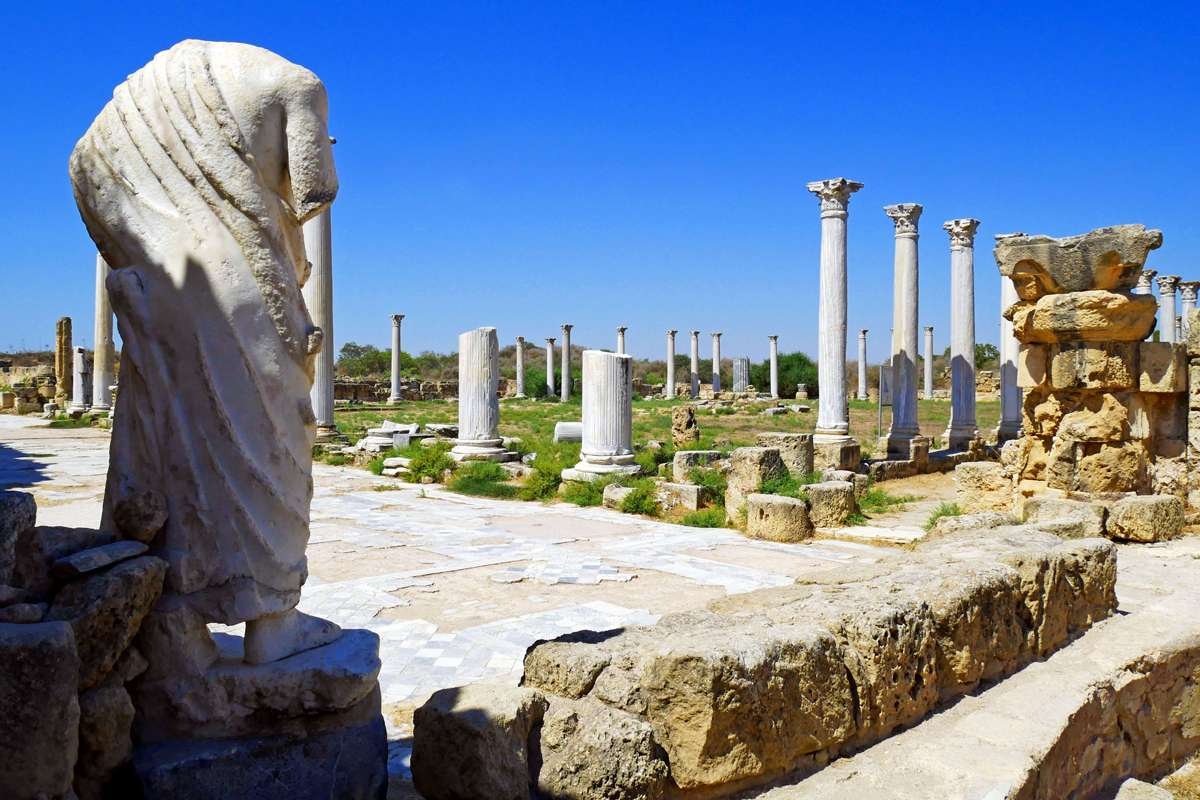
Salamis Ancient City
🧠 Fact: Once the most important city in ancient Cyprus.
💡 Tip: Take water and a hat—there’s little shade.
Info - Salamis Ancient City, near Famagusta, is one of Cyprus’s most important archaeological sites. Founded in the 11th century BC, it was a thriving city-kingdom for centuries. Today, visitors can explore extensive ruins, including a grand Roman gymnasium, bath complex, amphitheater, and mosaic-covered villas. Marble columns and statues stand amid wildflowers and olive trees, with the Mediterranean as a backdrop. Salamis offers a hauntingly beautiful glimpse into ancient life and is especially atmospheric at sunset. It’s an essential stop for history lovers, combining impressive archaeological remains with a serene seaside setting.
- 📍 Cyprus, Famagusta
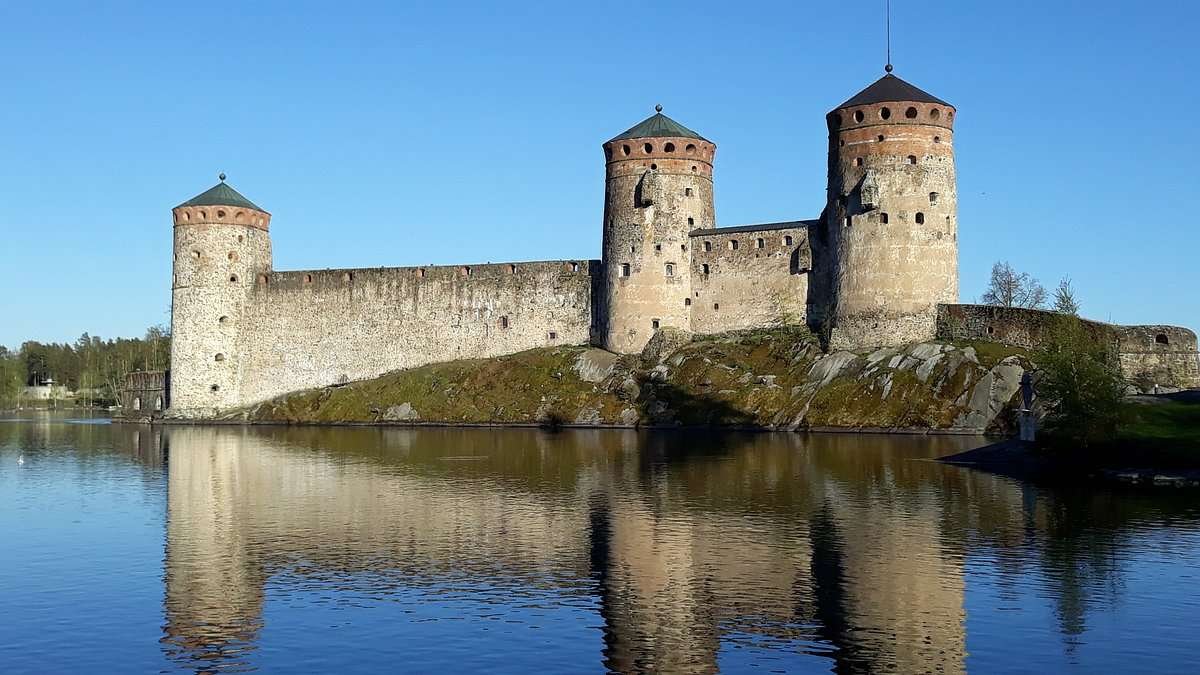
Savonlinna Castle (Olavinlinna)
🧠 Fact: One of the best-preserved medieval castles in the Nordic region.
💡 Tip: Visit during the Savonlinna Opera Festival for a magical experience.
Info - Savonlinna Castle, also known as Olavinlinna, is a medieval stone fortress nestled on a rocky islet in Lake Saimaa. Founded in 1475, it was built to defend against Russian invasions and remains the world’s northernmost medieval stone castle still standing. With its impressive towers and thick walls, the castle offers guided tours, exhibitions, and stunning lake views. Every summer, it hosts the world-famous Savonlinna Opera Festival, attracting audiences to its atmospheric courtyard stage. Olavinlinna is a cherished symbol of Finland’s rich history and cultural heritage.
- 📍 Finland , Savonlinna
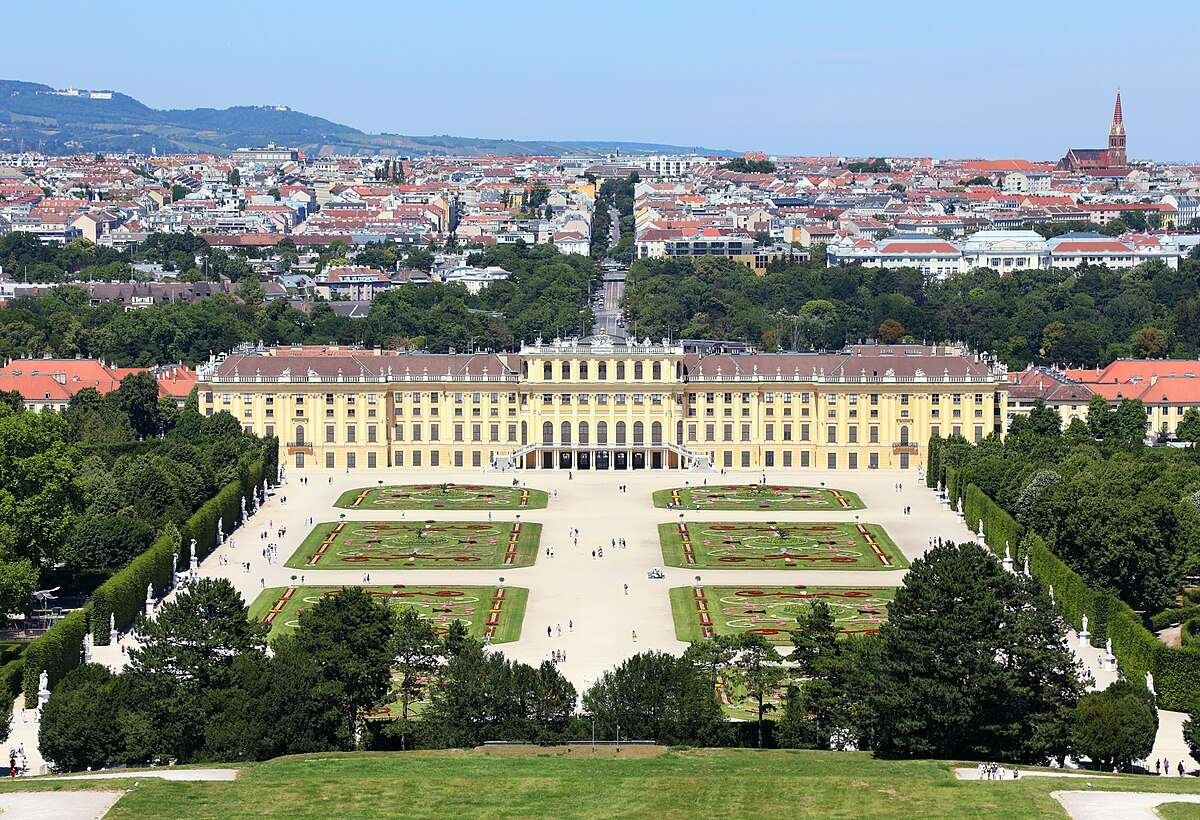
Schönbrunn Palace
🧠. Fact: : A UNESCO World Heritage Site and former imperial summer residence, featuring beautiful gardens and the world’s oldest zoo
💡 Tip: Take the guided tour to learn about the palace’s history and imperial life
Info - In Vienna, Schönbrunn Palace stands as Austria’s most famous imperial landmark. Once the summer residence of the Habsburg monarchs, this 1,441-room baroque masterpiece wows visitors with its opulent interiors and perfectly manicured gardens. Highlights include the Great Gallery, the Gloriette viewpoint, and the world’s oldest zoo.
- 📍 Austria, Vienna
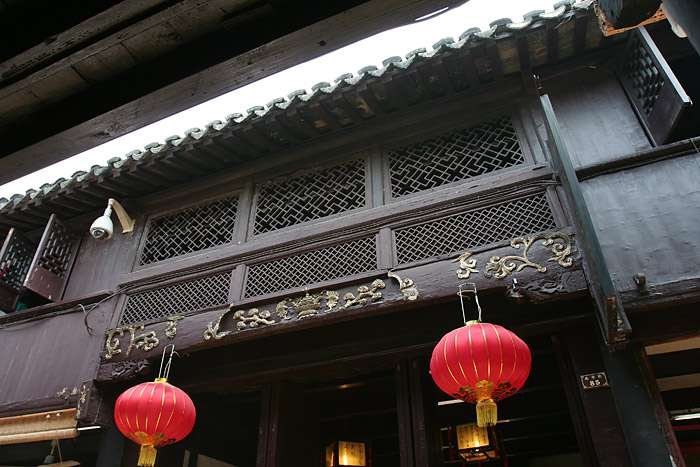
Shen House
🧠 Fact: A large riverside residence built during the Qing dynasty.
💡 Tip: The carved window panels are particularly photogenic.
Info - The Shen House is Zhouzhuang’s grandest residence, built in 1742 by Shen Wansan, a famously wealthy merchant. The expansive estate covers over 2,000 square meters, with over 100 rooms spread across three main sections connected by tranquil courtyards and a private waterway. Shen House features finely crafted stone bridges, carved eaves, and intricate interior decorations that reflect Qing Dynasty artistry. Visitors can explore ancestral halls, drawing rooms, and serene gardens while learning about Shen Wansan’s legendary fortunes. The house vividly illustrates the luxurious lifestyle and social influence of prosperous river-town merchants in historical Jiangnan.
- 📍 China, Zhouzhuang
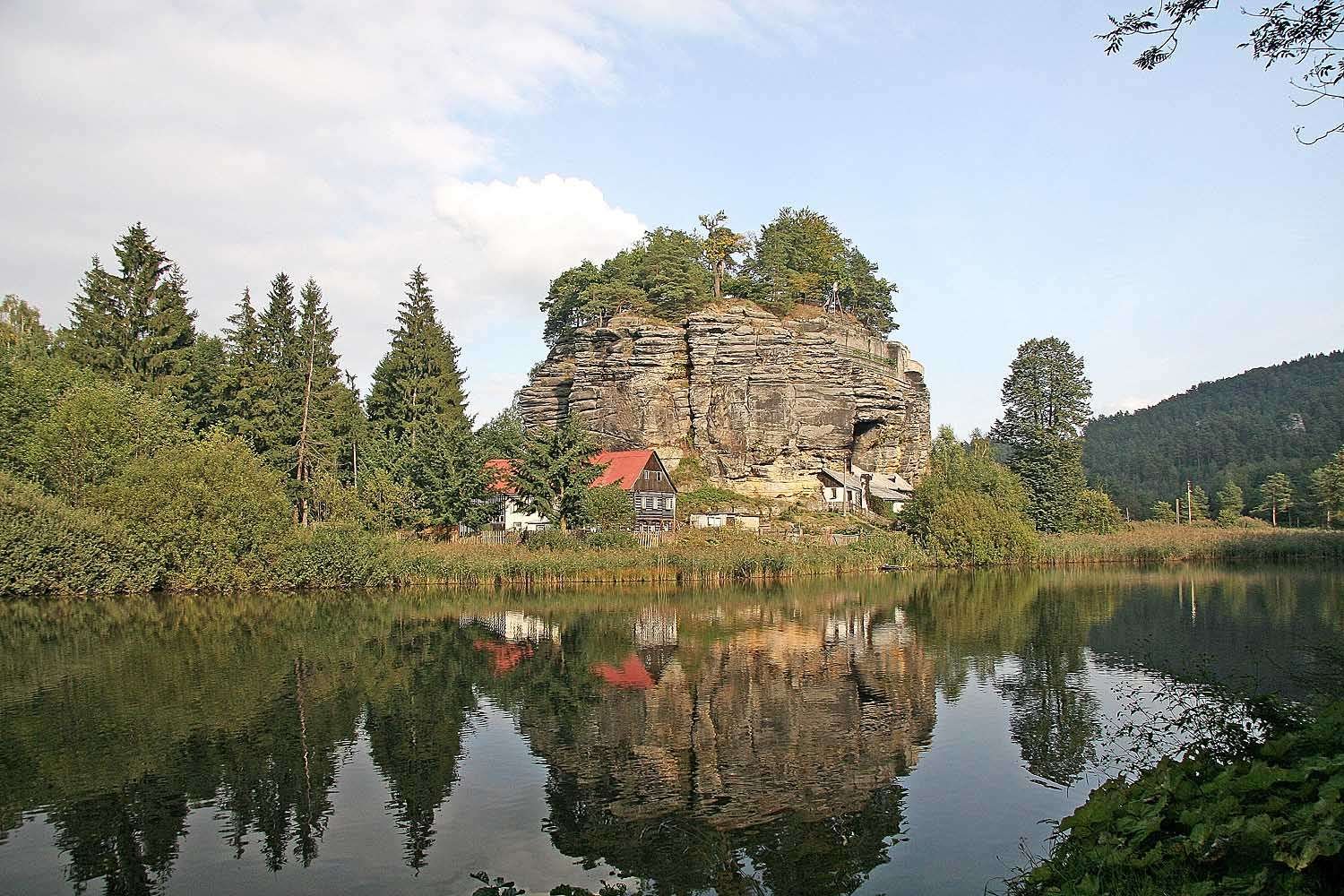
Sloup Castle
🧠 Fact: A unique rock castle built into sandstone formations.
💡 Tip: Take a guided tour to learn about its hermit inhabitants
Info - Sloup Castle is a unique rock castle built atop a massive sandstone column in northern Bohemia. Dating back to the 14th century, it was carved directly into the stone, with staircases, rooms, and chapel spaces etched into the rock face. Once a medieval stronghold and later a hermitage, today’s visitors can wander its preserved passageways and enjoy views of surrounding forests and villages. Its dramatic cliffside position and atmospheric ruins evoke a sense of medieval adventure. Sloup is a hidden gem for those seeking off-the-beaten-path historical sites with a touch of mystery and legend.
- 📍 Czech Republic, Sloup v Čechách
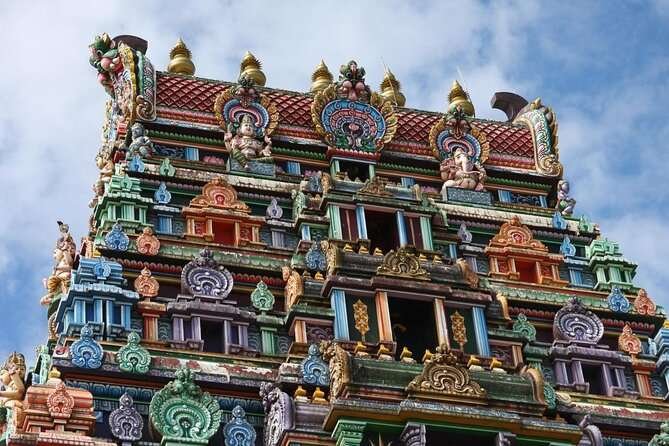
Sri Siva Subramaniya Temple
🧠 Fact: The largest Hindu temple in the Southern Hemisphere.
💡 Tip: Dress modestly and remove shoes before entering.
Info - Nestled in the heart of Nadi, the Sri Siva Subramaniya Temple is the largest Hindu temple in the Southern Hemisphere. Known for its striking Dravidian architecture, the temple is adorned with colorful sculptures and intricate carvings of Hindu deities. Visitors are welcome to explore its peaceful courtyards and towering gopuram, while learning about the significance of Hindu culture in Fiji. The temple plays a central role in religious festivals and daily worship, offering a serene, cultural experience amidst Nadi’s bustling streets.
- 📍 Fiji , Nadi
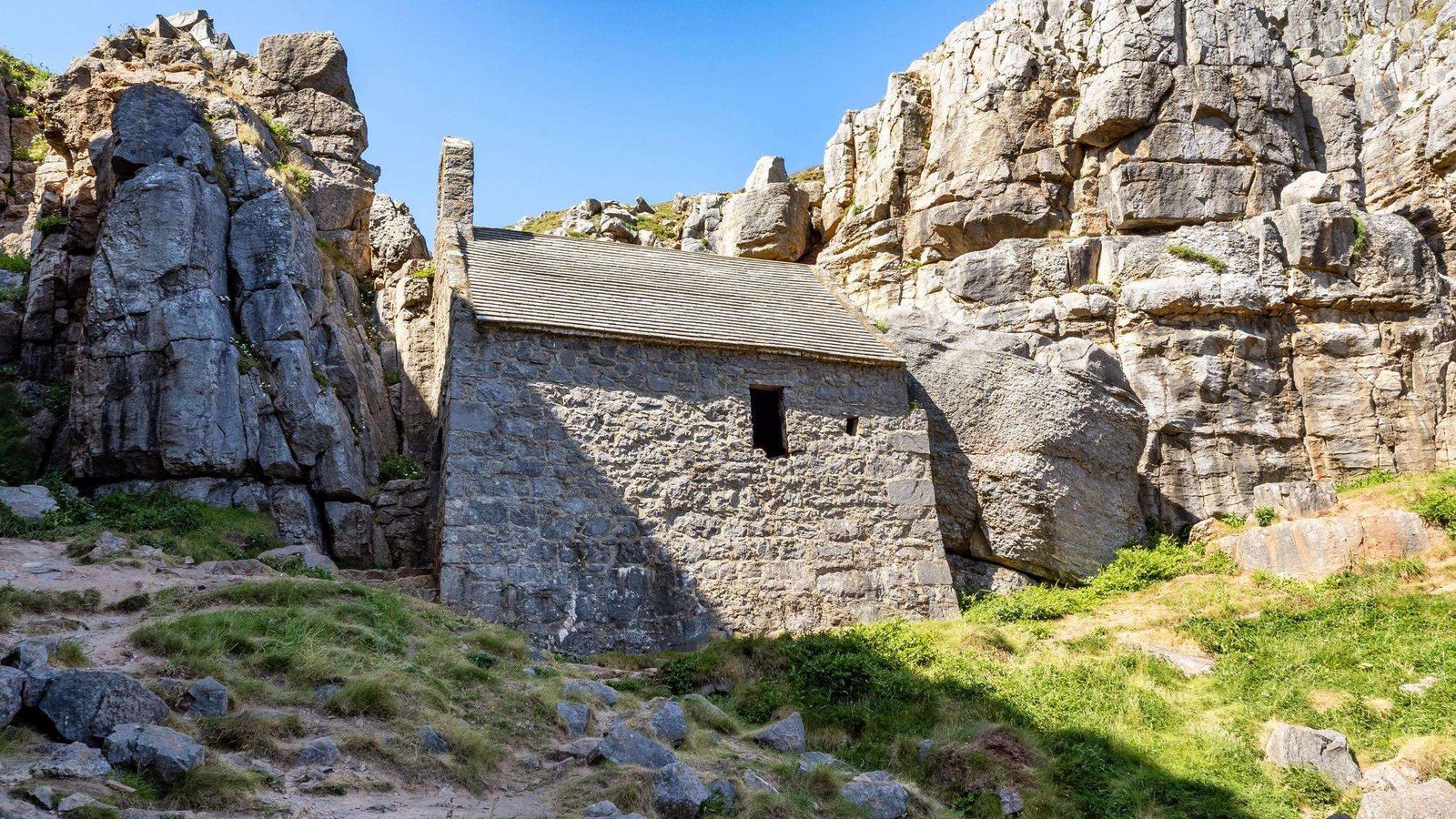
St Govan’s Chapel
🧠 Fact: A tiny 6th-century chapel built into a limestone cliff, linked to a hermit saint.
💡 Tip: Climb down the 52 steps — legend says their number changes on every visit!
Info: Tucked into the limestone cliffs of Pembrokeshire’s rugged coast, St Govan’s Chapel is a mysterious and atmospheric 6th-century hermit's cell. Believed to be built where the Irish monk St Govan sought refuge from pirates, the small stone structure is partially embedded in the cliffside, offering breathtaking views over the sea. Visitors descend steep steps to reach the chapel, said to number differently up and down due to legend. Rich in folklore and spiritual history, it remains a peaceful, hidden gem for explorers, hikers, and those seeking solitude along the Wales Coast Path.
- 📍 Wales, Bosherston
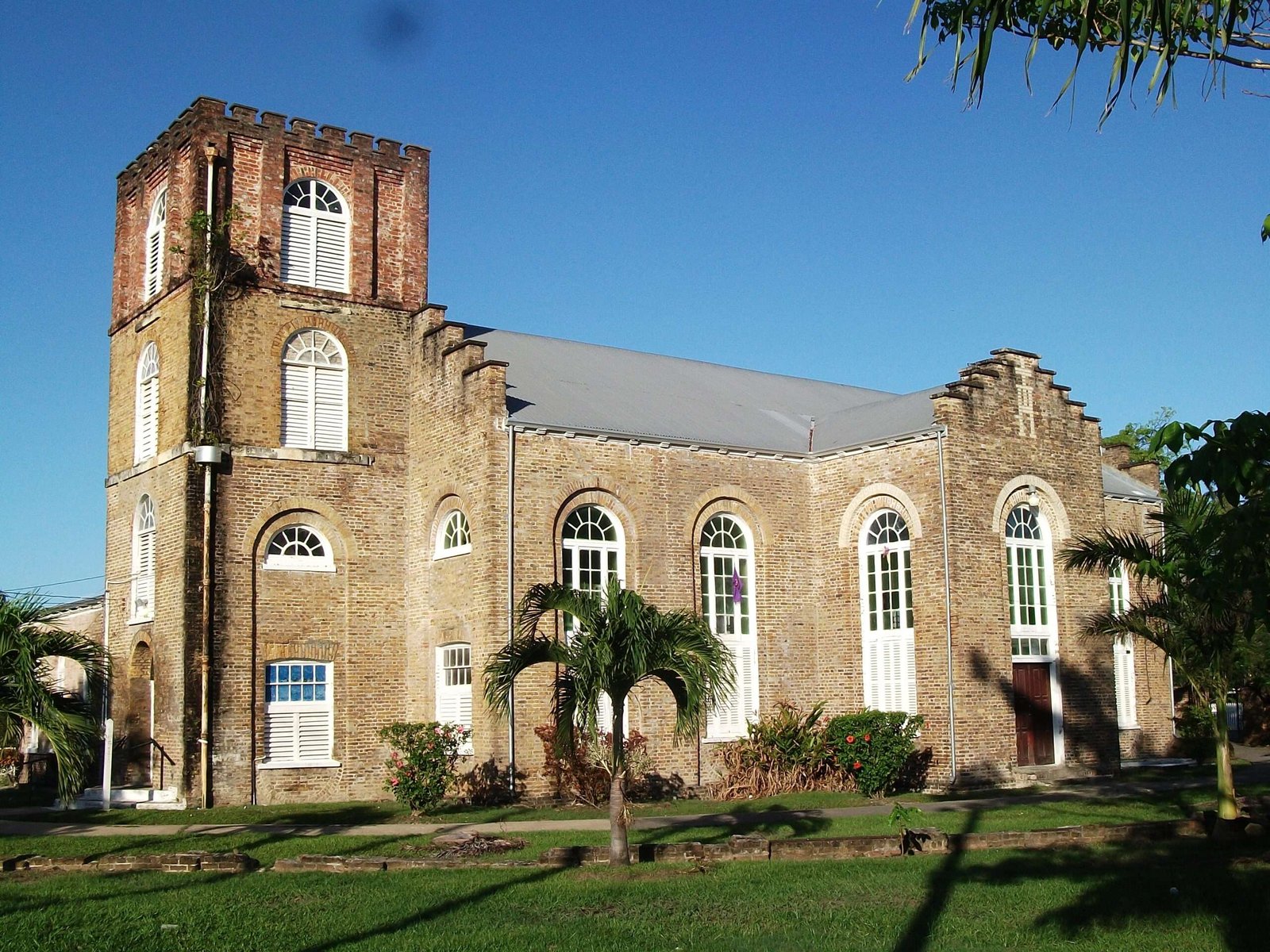
St. John’s Cathedral
🧠 Fact: It’s the oldest Anglican cathedral in Central America, built in 1812.
💡 Tip: Pair your visit with a walk around Battlefield Park nearby.
Info - Built between 1812 and 1820, St. John’s Cathedral is the oldest Anglican church in Central America. Made from bricks brought as ship ballast from England, this historic landmark has hosted the coronation of Maya kings during the colonial era. It remains a serene spot to admire classic Georgian architecture and tranquil gardens in the heart of Belize City.
- 📍 Belize , Belize City

St. Nicholas Cathedral / Lala Mustafa Pasha Mosque
🧠 Fact: It’s a gothic cathedral turned mosque.
💡Tip: : Dress modestly if you’re visiting inside.
Info - One of Northern Cyprus’s most striking landmarks, St. Nicholas Cathedral in Famagusta is a Gothic masterpiece turned mosque. Built in the 14th century, its façade resembles a medieval French cathedral, complete with soaring arches and intricate stonework. After the Ottoman conquest in 1571, it was converted into Lala Mustafa Pasha Mosque, with a minaret replacing one of its towers. Inside, its elegant columns and simple prayer hall blend Gothic and Islamic elements. Set beside Famagusta’s Venetian walls, it’s a moving symbol of Cyprus’s layered religious and cultural history and a highlight for architecture enthusiasts.
- 📍 Cyprus, Famagusta
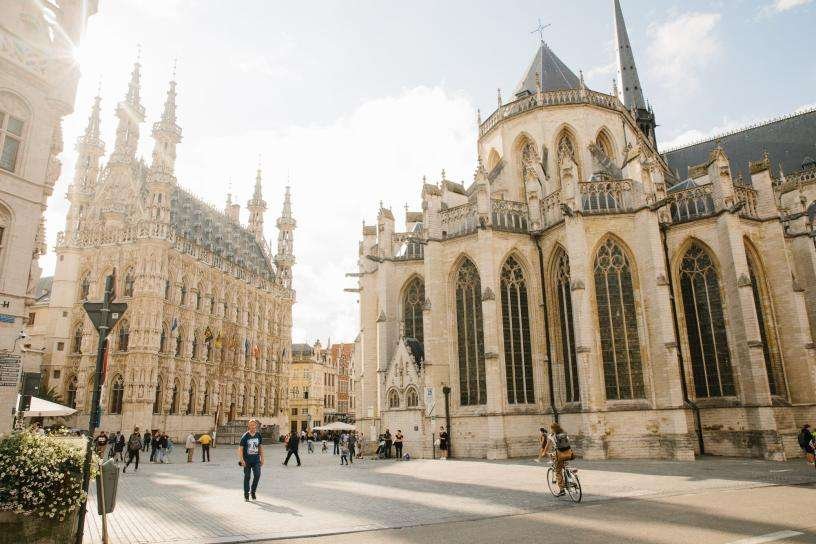
St. Peter’s Church (Sint-Pieterskerk)
🧠 Fact:A 15th-century church housing the renowned painting "The Last Supper" by Dieric Bouts.
💡 Tip: Check the opening hours in advance, as they may vary.
Info - Facing the Town Hall in the city’s central square, this UNESCO-listed church showcases Brabantine Gothic architecture at its finest. Inside, visitors find treasures like Dirk Bouts' The Last Supper, along with impressive vaulted ceilings and a beautiful oak pulpit. It’s a quiet, reflective place amid the city buzz.
- 📍 Belgium , Leuven
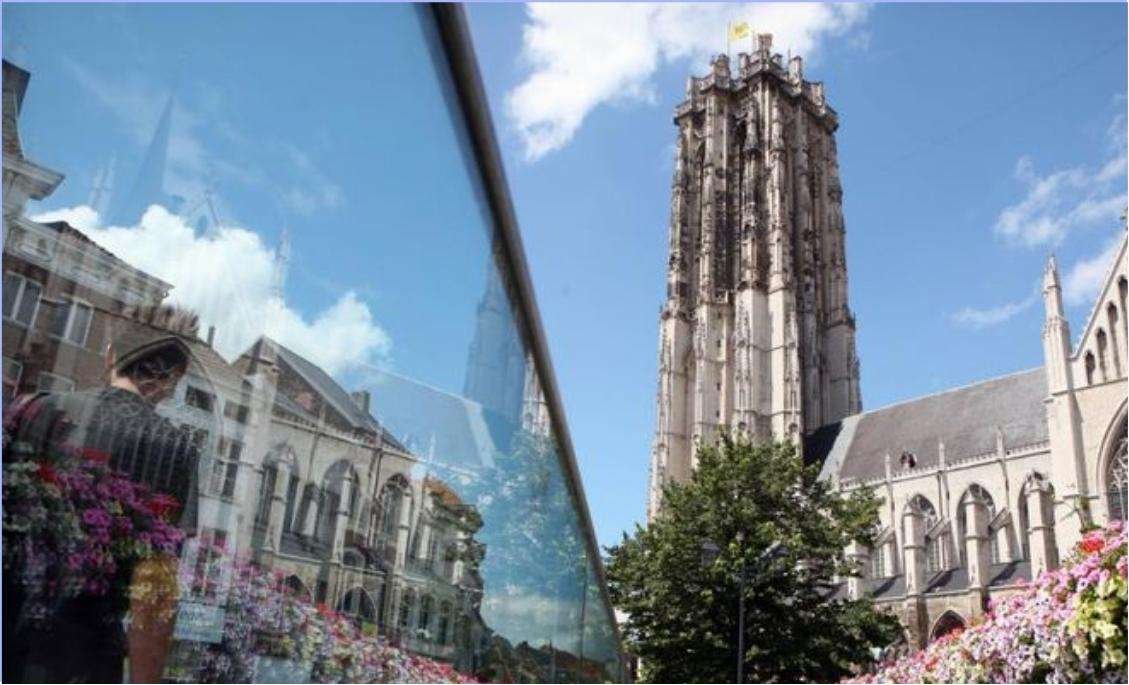
St. Rumbold’s Tower (Sint-Romboutstoren)
🧠 Fact: Climb 538 steps to the skywalk for panoramic views over Mechelen and, on clear days, even Brussels and Antwerp
💡 Tip: Visit early in the morning to avoid crowds and enjoy the sunrise.
Info - Standing tall over Mechelen, St. Rumbold’s Tower is an iconic Gothic belfry with panoramic views over the city and countryside. Visitors can climb its 538 steps to reach the Skywalk, where on a clear day you can spot Antwerp and even Brussels in the distance. The tower’s carillon of 49 bells often fills the air with traditional Belgian melodies.
- 📍 Belgium , Mechelen
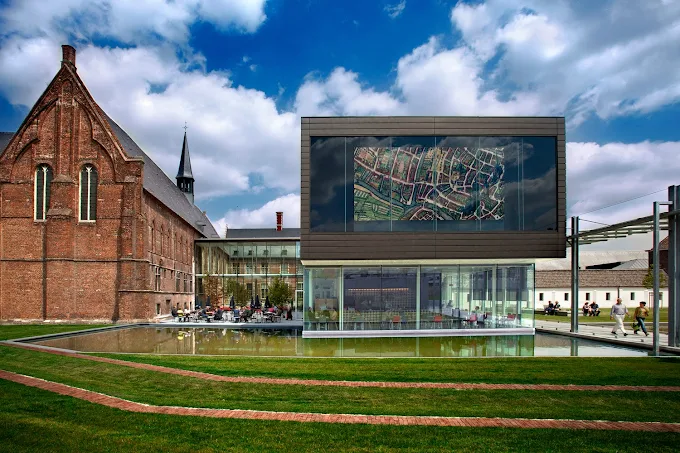
STAM – Ghent City Museum
🧠 Fact: : Interactive exhibits trace Ghent’s urban history from the Middle Ages to the present.
💡 Tip: Don’t miss the giant aerial floor map of the city—you can walk across it.
Info - STAM offers a fascinating journey through Ghent’s history, from medieval times to modern day. Its impressive mix of old and new architecture houses interactive exhibits, artifacts, and a giant aerial map of the city floor visitors can walk across. It’s a great place to understand Ghent’s rich urban heritage in a contemporary setting.
- 📍 Belgium , Ghent
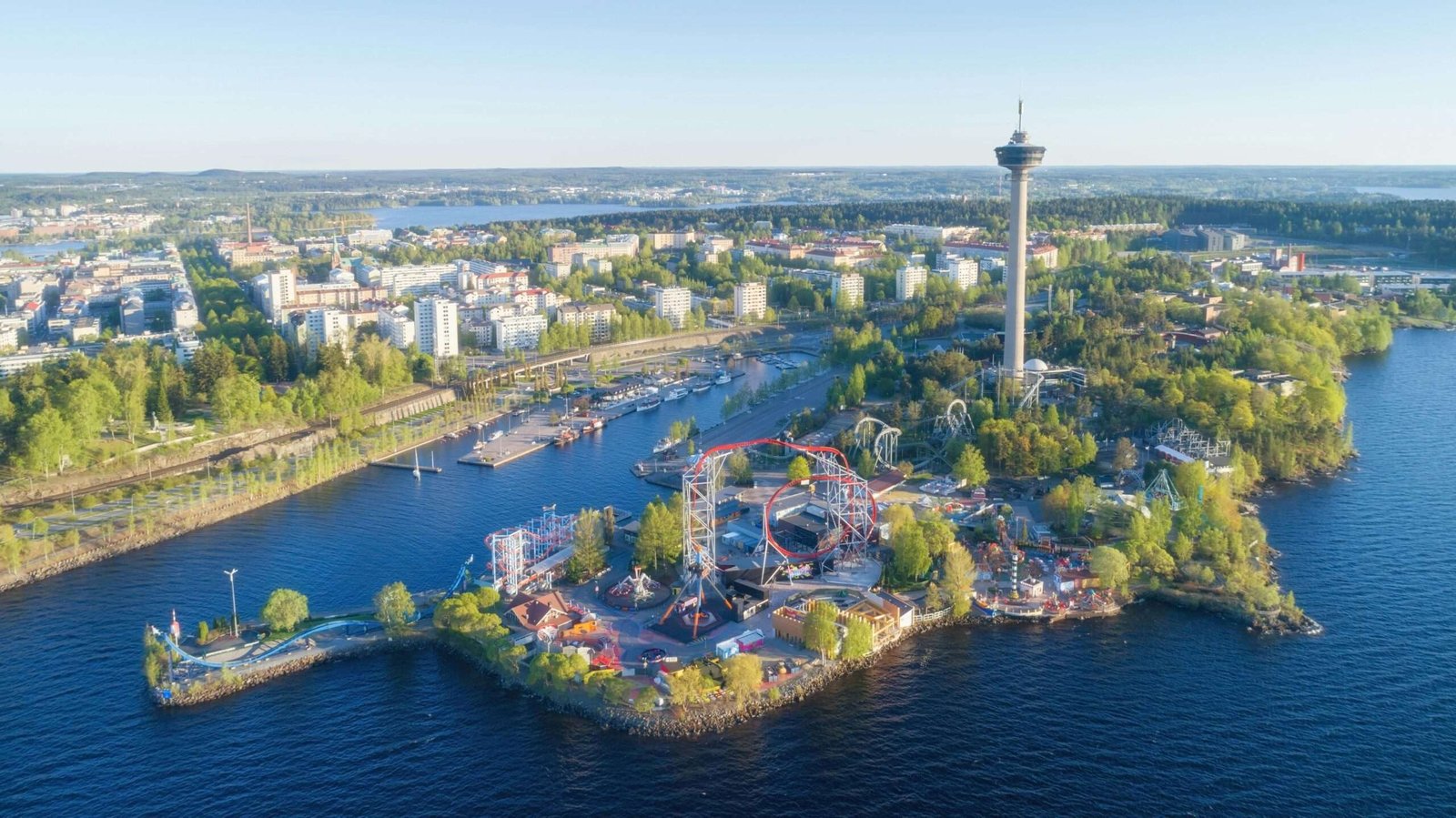
Tampere
🧠 Fact: Tampere is known for its industrial history and vibrant cultural life.
💡 Tip: Visit the Vapriikki Museum Centre, enjoy panoramic views from the Näsinneula Observation Tower, and relax in the city's numerous saunas
- 📍 Finland , Tampere

Temppeliaukio Church (Rock Church)
🧠 Fact: Built directly into solid rock.
💡 Tip: Check the concert schedule—acoustics are world-famous.
Info - Temppeliaukio Church, known as the Rock Church, is one of Helsinki’s most remarkable landmarks. Opened in 1969, it’s built directly into solid granite bedrock, creating a dramatic and peaceful atmosphere. The church’s circular structure, copper-domed roof, and rugged stone walls offer outstanding acoustics, making it a popular venue for concerts as well as worship. Natural light streams through skylights surrounding the dome, enhancing its serene interior. Located in the Töölö district, the Rock Church beautifully blends modern architecture with nature, reflecting Finland’s deep connection to its natural landscape.
- 📍 Finland , Helsinki
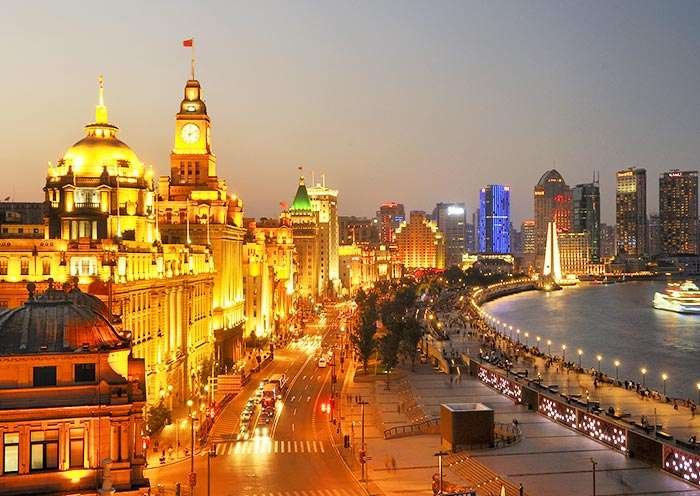
The Bund
🧠 Fact: A waterfront promenade lined with historic colonial architecture.
💡 Tip: Visit at night for the iconic skyline views.
Info - The Bund is Shanghai’s most iconic waterfront promenade, stretching along the western bank of the Huangpu River. Lined with grand colonial-era buildings reflecting Gothic, Baroque, and Art Deco styles, it offers panoramic views of the modern Pudong skyline, including landmarks like the Oriental Pearl Tower and Shanghai Tower. A stroll along The Bund is a journey through Shanghai’s fascinating blend of old and new. At night, the riverfront transforms into a dazzling light show, perfect for evening walks and photos. It’s one of the city’s most popular spots for sightseeing, romantic dates, and skyline photography.
- 📍 China, Shanghai
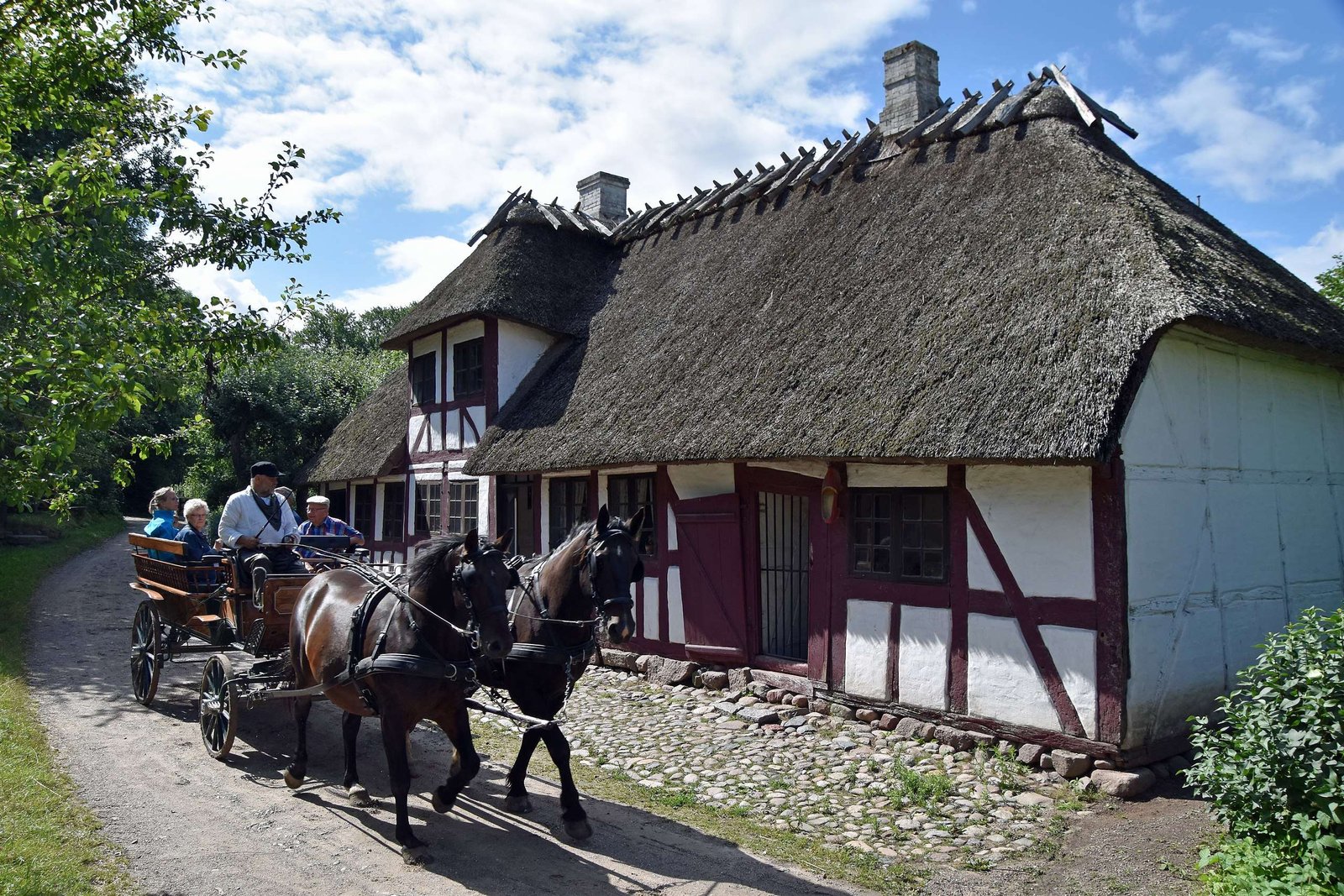
The Funen Village (Den Fynske Landsby)
🧠 Fact: An open-air museum depicting rural life in the 18th and 19th centuries.
💡 Tip: Participate in traditional crafts and activities during special events.
Info - The Funen Village is an open-air museum in Odense that transports visitors to rural 19th-century Denmark. Set among scenic countryside, the village comprises original, relocated farmhouses, workshops, and windmills. Costumed guides demonstrate traditional crafts like pottery, weaving, and butter-churning, while farm animals roam the grounds. Seasonal festivals, markets, and old-fashioned games add to its nostalgic charm. It’s a living history experience perfect for families and history lovers, providing a vivid, hands-on look at the customs and daily life of Denmark’s past in a peaceful, authentic setting.
- 📍 Denmark, Odense
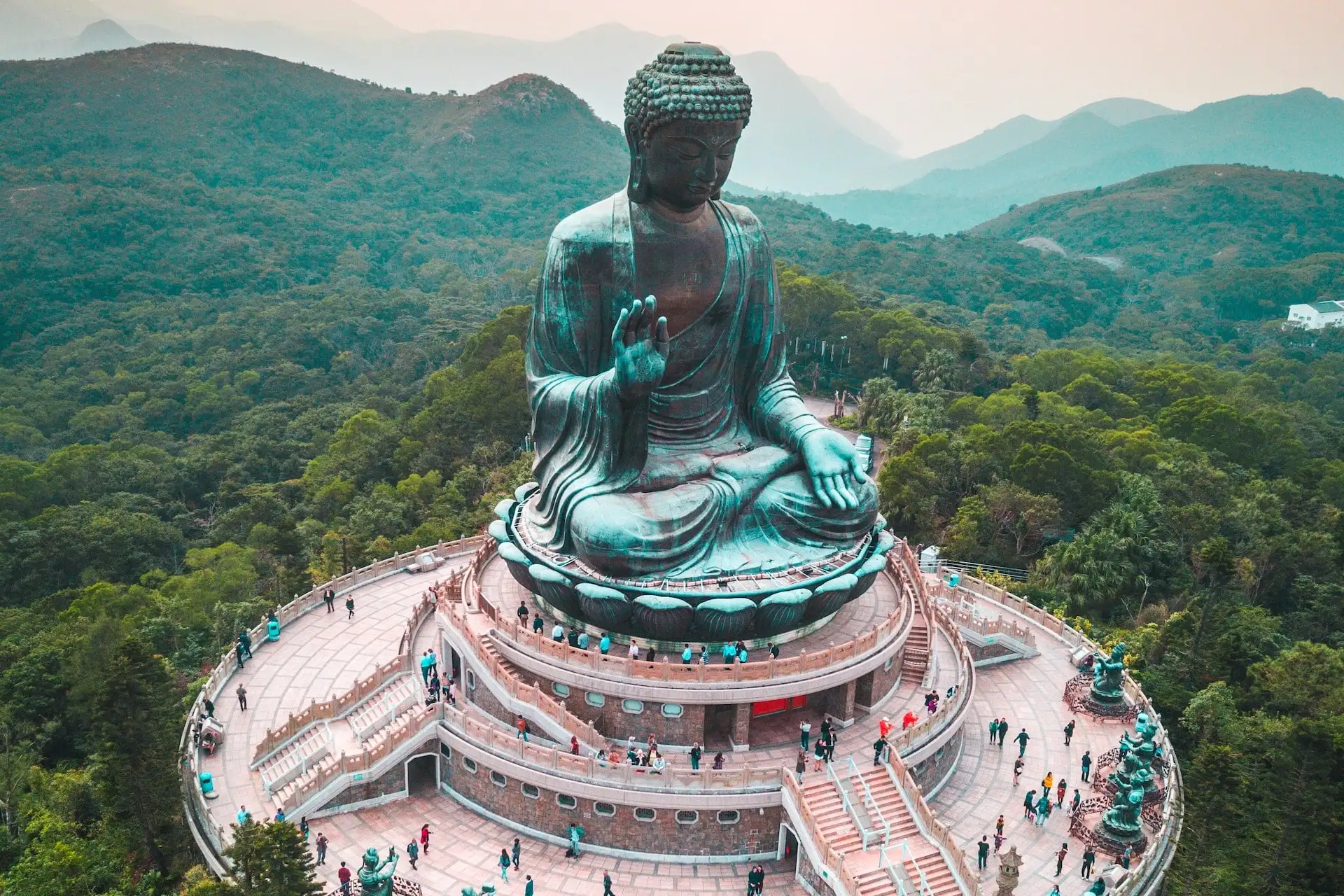
Tian Tan Buddha (Big Buddha)
🧠 Fact: One of the largest seated outdoor bronze Buddhas.
💡 Tip: Combine with a cable car ride to Ngong Ping Village.
Info - The Tian Tan Buddha, or Big Buddha, stands majestically atop Ngong Ping on Lantau Island. At 34 meters tall, this bronze statue is one of the largest seated Buddhas in the world. Visitors climb 268 steps to reach the base, where they can admire the serene figure and panoramic mountain views. Adjacent is the Po Lin Monastery, an important spiritual center with rich Buddhist architecture. The site is best accessed via the Ngong Ping 360 cable car, offering breathtaking vistas of Lantau’s lush landscapes. It’s a peaceful, cultural retreat from the bustling city below.
- 📍 China, Hong Kong

Tour the Historic Center
🧠 Fact: A UNESCO World Heritage site known for its colonial architecture and cobblestone streets.
💡 Tip: Visit the New Cathedral and climb to the dome for panoramic city views.
Info - Cuenca’s Historic Center is a treasure trove of colonial architecture and cultural landmarks. Wander through Plaza Calderón, where the grand New Cathedral, with its distinctive blue domes, dominates the skyline. Nearby, the 16th-century Old Cathedral houses a fascinating religious art museum. Charming streets lead to bustling markets, artisanal workshops, and flower-filled plazas. Museums, galleries, and cozy cafés fill restored colonial mansions. The district’s narrow lanes and heritage buildings offer a glimpse into Ecuador’s colonial past while remaining alive with music, street art, and everyday city life. It’s an unmissable, atmospheric heart of the city.
- 📍 Ecuador , Cuenca
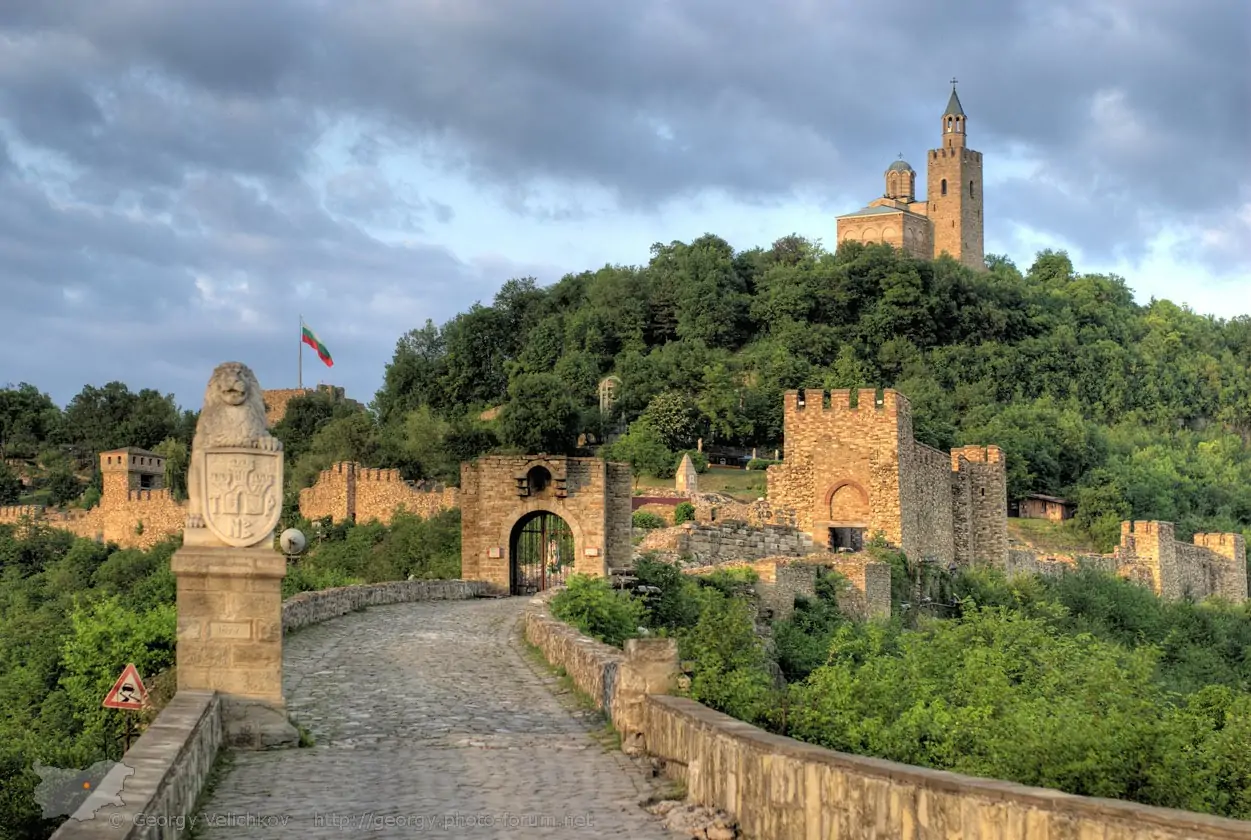
Tsarevets Fortress
🧠 Fact: This medieval stronghold was once the capital of the Second Bulgarian Empire.
💡 Tip: Visit in the evening to see the fortress illuminated in a spectacular light show.
Info - Standing proudly over the medieval town of Veliko Tarnovo, Tsarevets Fortress is one of Bulgaria’s most iconic historic landmarks. This hilltop stronghold served as the capital of the Second Bulgarian Empire from the 12th to 14th centuries. Visitors can explore its massive stone walls, defensive towers, and the restored Patriarchal Cathedral at the summit. The fortress also houses the infamous Execution Rock, once used for traitors. By night, Tsarevets hosts dramatic sound-and-light shows narrating Bulgaria’s turbulent past. Offering sweeping views of the Yantra River and surrounding hills, this impressive citadel is a must-visit for history lovers and curious travelers alike.
- 📍 Bulgaria , Veliko Tarnovo
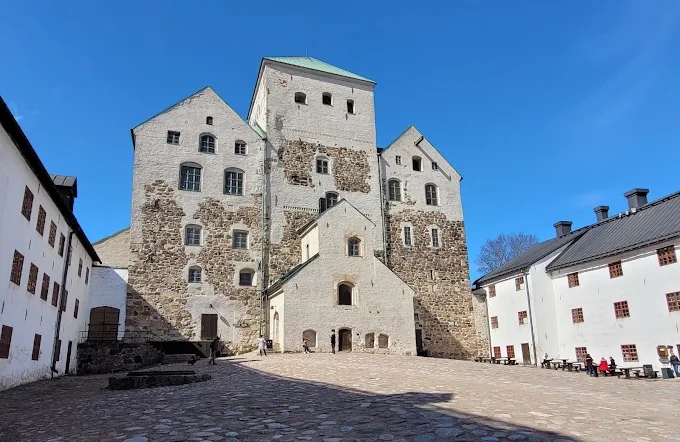
Turku Castle
🧠 Fact: Over 700 years old, the castle houses a historical museum.
💡 Tip: Join a guided tour to learn about Finland’s royal history
Info - Turku Castle, or Turun linna, is Finland’s oldest and most significant medieval building, dating back to the late 13th century. Located by the Aura River in Turku, this impressive stone fortress has witnessed centuries of battles, royal visits, and political intrigue. Today, it houses a museum featuring medieval artifacts, historical exhibitions, and beautifully restored rooms. Visitors can explore the castle’s dungeons, banquet halls, and chapel, immersing themselves in Finland’s rich past. Turku Castle stands as a proud monument to Finnish history and medieval architecture.
- 📍 Finland , Turku

Wan Chai
🧠 Fact: Wan Chai is a historic district blending colonial architecture with modern skyscrapers, offering a mix of culture, commerce, and nightlife.
💡 Tip: Visit Lee Tung Avenue for shopping and dining in a revitalized heritage area.
Info - Wan Chai is a dynamic neighborhood blending old Hong Kong charm with modern skyscrapers. Once known for its red-light district, it’s now a hub for business, dining, and heritage. Visitors can explore the historic Blue House Cluster, shop at local wet markets, or enjoy happy hour in hip rooftop bars. The district’s mix of East-meets-West architecture, from colonial buildings to sleek towers, tells the story of Hong Kong’s evolution. With its proximity to the harbor, cultural venues, and transport connections, Wan Chai offers a well-rounded urban experience both day and night.
- 📍 China, Hong Kong
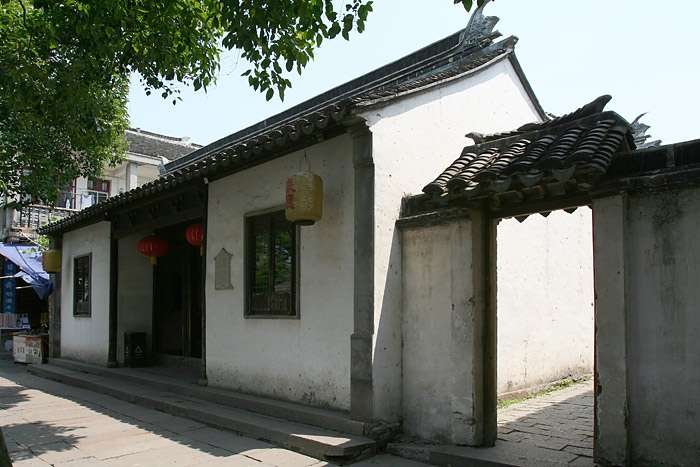
Zhang House
🧠 Fact: : A 15th-century mansion showcasing classic Suzhou architecture.
💡 Tip: Watch for live traditional music performances inside.
Zhang House, constructed in the Ming Dynasty, is one of Zhouzhuang’s best-preserved ancient residences. Originally built by a wealthy merchant family, it boasts more than 70 rooms arranged around elegant courtyards. The architecture showcases intricate wood carvings, delicate lattice windows, and classic whitewashed walls with black-tiled roofs. A highlight is its private pier, allowing residents to access the canals directly from their home. Walking through the Zhang House, visitors can imagine the lifestyle of affluent families during China’s dynastic eras. It offers a rich, immersive look into the residential elegance and riverine traditions of old Zhouzhuang.
Info -
- 📍 China, Zhouzhuang
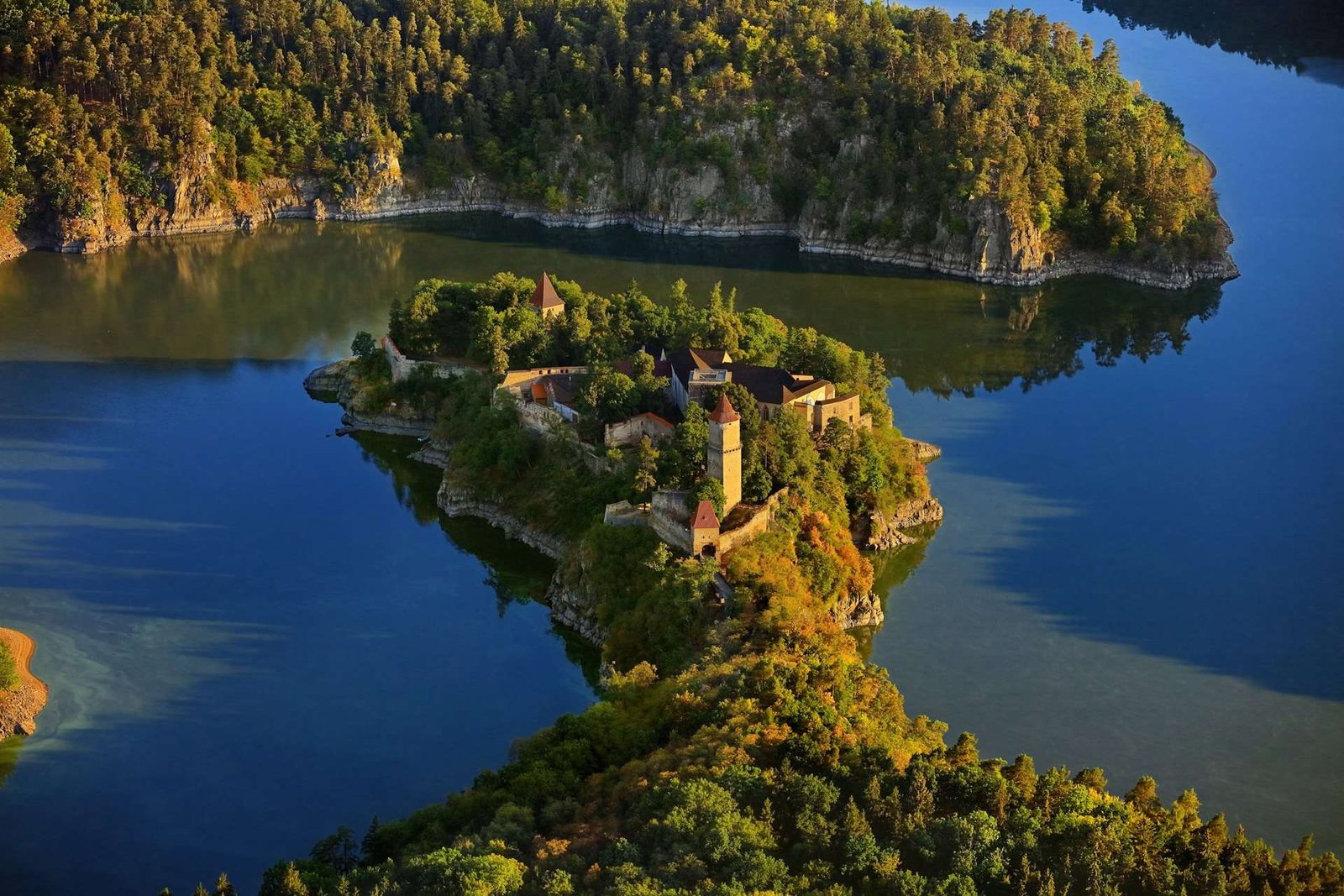
Zvíkov Castle
🧠 Fact: A royal castle located at the confluence of the Vltava and Otava rivers.
💡 Tip: Take a boat trip to enjoy views from the water.
Info - Perched on a rocky promontory where the Vltava and Otava rivers meet, Zvíkov Castle is one of the Czech Republic’s most photogenic medieval fortresses. Nicknamed “the King of Czech Castles,” it was founded in the 13th century and long served as a royal stronghold. The castle’s Gothic chapel, high ramparts, and Romanesque palace remain well-preserved. Visitors can roam atmospheric courtyards and admire breathtaking river views from its towers. Zvíkov is especially stunning in autumn when surrounding woodlands turn golden. Its riverside setting and romantic ruins make it a favorite for history enthusiasts and nature lovers alike.
- 📍 Czech Republic, Zvíkovské Podhradí
